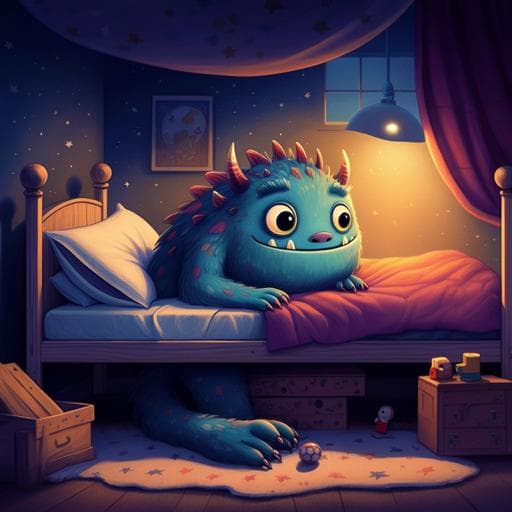
The Arts
Monsters revisited: a comparative study of the use of humor in dramatizing benevolent monsters in *The Monsters under the Bed* and *The Boy Who Loved Monsters and the Girl Who Loved Peas*
H. M. Bayoumy
This research by Heidi Mohamed Bayoumy delves into how humorous, benevolent monsters in children's plays help reshape kids' perceptions of fear and self. Analyzing two engaging plays, it uncovers the psychological significance of these friendly creatures and their theatrical representation.
~3 min • Beginner • English
Related Publications
Explore these studies to deepen your understanding of the subject.







